Zebra and an Oxpecker
Relationship status: Complicated
Symbiosis describes close interactions between two or more different species. It is different from regular interactions between species, because in a symbiotic relationship, the two species in the relationship live together.
Zebras
Zebras are are several species of African equids (horse family) known by their distinctive black and white striped coats. The stripes are unique to each individual and come in different patterns. They are generally social animals that live in small harems to large herds. Interestingly, they also found in a variety of habitats, such as grasslands, savannas, woodlands, thorny scrublands, mountains, and coastal hills. However, we would be only focusing on the African Zebras as the oxpecker is a native species there.
Oxpecker
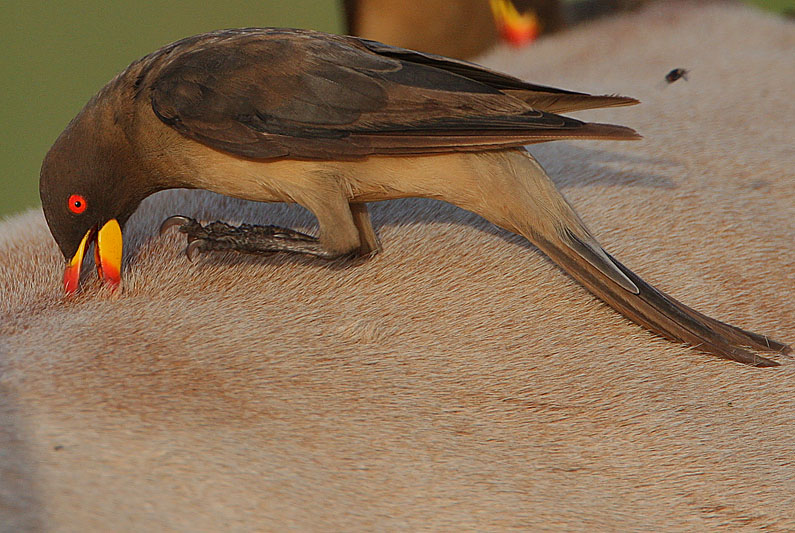
The colours the bird have is interesting, and a sharp contrast between the black and whites of a zebra
Oxpeckers are endemic to the savanna of Sub-Saharan Africa. Both the English and scientific names arise from their habit of perching on large mammals (both wild and domesticated) such as cattle, zebras, impalas, hippopotamuses, or rhinoceroses. They consume ticks, small insects, botfly larvae, and other parasites.
Oxpeckers graze exclusively on the bodies of large mammals, and it is observed that certain species are preferred.
Mutualistic or Parasitic?
The oxpecker and its interactions with the mammals they have a relationship with are the subject of debate and ongoing research.
Mutualistic: A mutualistic relationship is when two organisms of different species “work together,” each benefiting from the relationship.
Oxpeckers land on rhinos or zebras and eat ticks and other parasites that live on their skin. The oxpeckers get food and the beasts get pest control. Also, when there is danger, the oxpeckers fly upward and scream a warning, which helps the symbiont (a name for the other partner in a relationship).
Parasitic: One organism (the parasite) gains, while the other (the host) suffers.
But recent evidence suggests that the oxpecker might be parasites instead, as they open and enhance the wounds on the animal’s back in order to drink the blood of their perches. There is also no statistically significant link has been shown between oxpecker presence and reduced ectoparasite load.
Oxpeckers also feed on the earwax and dandruff of mammals; though beneficial to humans, less is known about the possible benefits of this to the mammal. It is suspected that this is also a parasitic behaviour.
Some oxpecker hosts are intolerant of their presence, as elephants and some antelope will actively dislodge the oxpeckers when they land. Other species tolerate oxpeckers while they search for ticks on the face, which one author says “appears … to be an uncomfortable and invasive process.
Oxpeckers are the only bird in Africa documented to feed on blood!!!!!
Conclusion,
I think the ambiguous relationship between the zebra and oxpecker is very interesting, and it would definitely be a part of our model.
—————————————————————————————————————
2 Key senses for survival
Though it is not part of the 5 senses, a very striking feature of a zebra is its stripped camouflage. Unlike other forms of camouflage, its dazzle camouflage does not hide the zebra. Instead, it breaks up the zebras’ outline and makes it harder for predators to judge distances — throwing off their strikes when hunting.
It is rather difficult to find specific research on the zebra, so I decided to additionally look up on information about horses, which is part of the equid family, which belongs to the same family as zebras as well. It is crucial to take note that the horses’ senses are based on their status as prey animals, where they must be aware of their surroundings at all times.
- Sight
Zebras have excellent eyesight, having the largest eyes of any land mammal. Like most ungulates (hoofed animals) and equids, the zebras eyes are on the sides giving it an advantage as prey animals. This vision offers a wide, circular view, meaning they can detect stalking animals sneaking up from behind.
65° of a zebra’s view is binocular vision, which mean they can use both eyes together.
285° of an equid view is monocular vision where both eyes are used separately. By using the eyes in this way, as opposed by binocular vision, the field of view is increased, while depth perception is limited.
As the binocular vision is directed down their nose and not straight ahead and the horse actually has a blind spot in front of its forehead. When a horse is grazing, his vision is directed at the ground in front of him and his monocular vision will be at work. Should he see something that warrants investigation, the horse will raise his head to bring the binocular vision into force. If the object was spotted in the horse’s side vision, he will turn and raise his head, or even whole body to look.
When a horse is grazing, his vision is directed at the ground in front of him and if he is relaxed, his monocular vision will be at work. Should he see something that warrants investigation, the horse will raise his head to bring the binocular vision into force.
As their depth perception is being compromised due to binocular vision, it makes it more difficult to judge precisely how close the predator is (I imagine that a horse would think that if it can see the predator, then the predator is too close and would be on high alert).
2. Hearing
A horse’s hearing is good, and the pinna of each ear can rotate up to 180°, giving the potential for 360° hearing without having to move the head.This unique anatomical feature allows horses to focus on the direction from which the sound is coming, isolate it, and run the other way. Their hearing is 2 – 3 times better than a good hunting dog.
Noise impacts the behavior of horses and certain kinds of noise may contribute to stress: A 2013 study in the UK indicated that stabled horses were calmest in a quiet setting, or if listening to country or classical music. However, they displayed signs of nervousness when listening to jazz or rock music.
2) Range of Motion- skeletal / structural makeup
With four legs, horses can move in even more different ways, called gaits. They naturally walk, trot, canter, and gallop, depending on how fast they need to move. Every gait has a distinctive pattern, with one or more hooves leaving the ground at a time.
Our equines have about 205 bones in their body that provide structure, give rise to joints to allow for movement, and offer protection to vital organs.
A skeletal structure of a horse/zebra:
3) Include diagrams or sketches & videos
I think an interesting and unique thing about zebras is their use of tails, which swats pests away
Thats all, thank you!
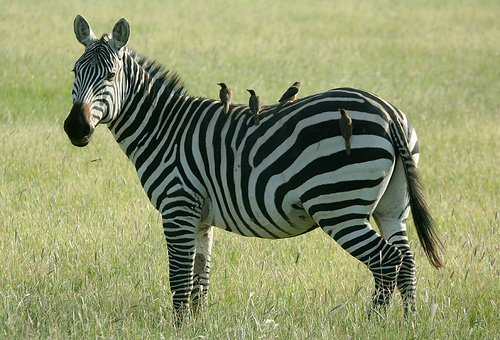
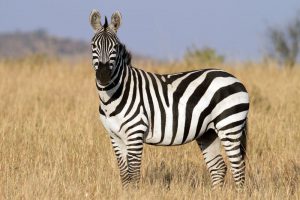
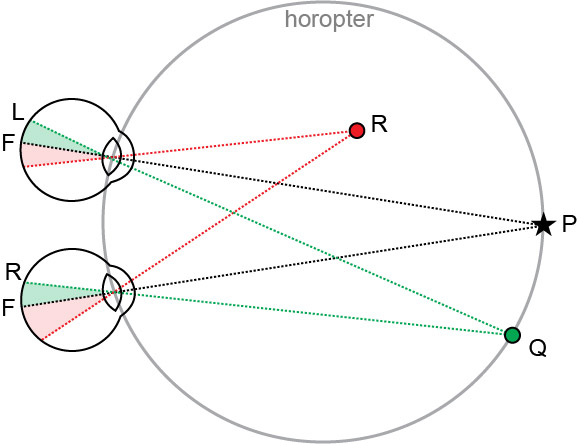
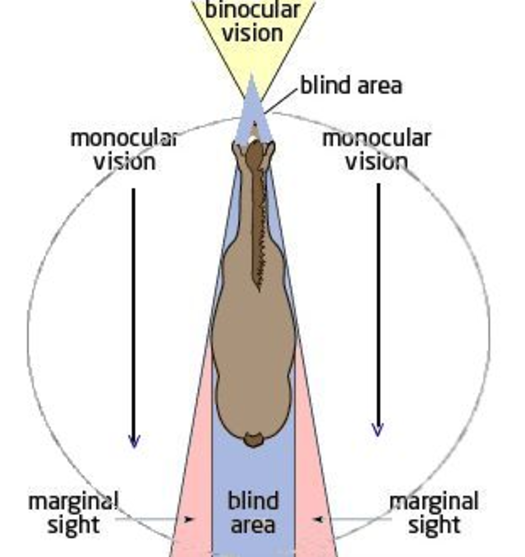
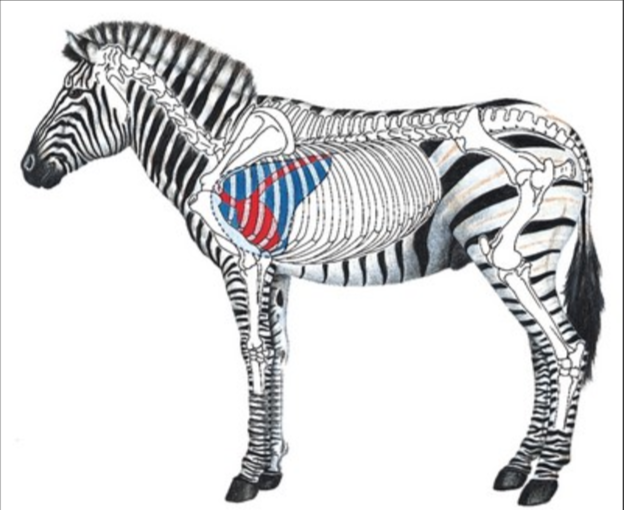
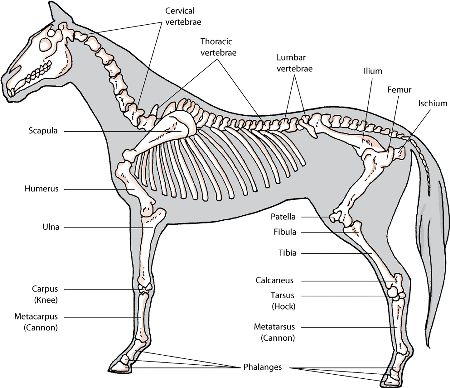
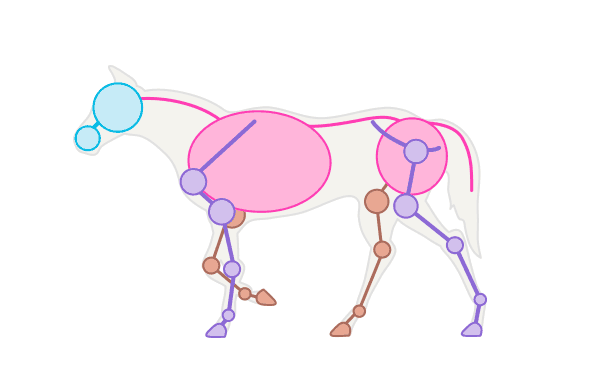
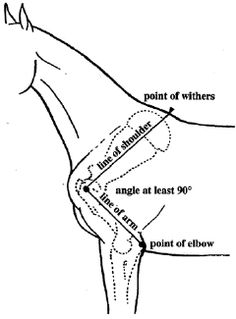

The idea for the Creature Research is that each member studies 1 creature in depth . I presume Bridgel is doing the Oxpecker & you are doing the Zebra? Each of you need to upload your research separately.
1)Researching on its 2 Key senses for survival. 2) Range of Motion- skeletal / structural makeup 3) Include diagrams or sketches & videos if any, of these.
Understood! Will work more on it later, thank you 🙂